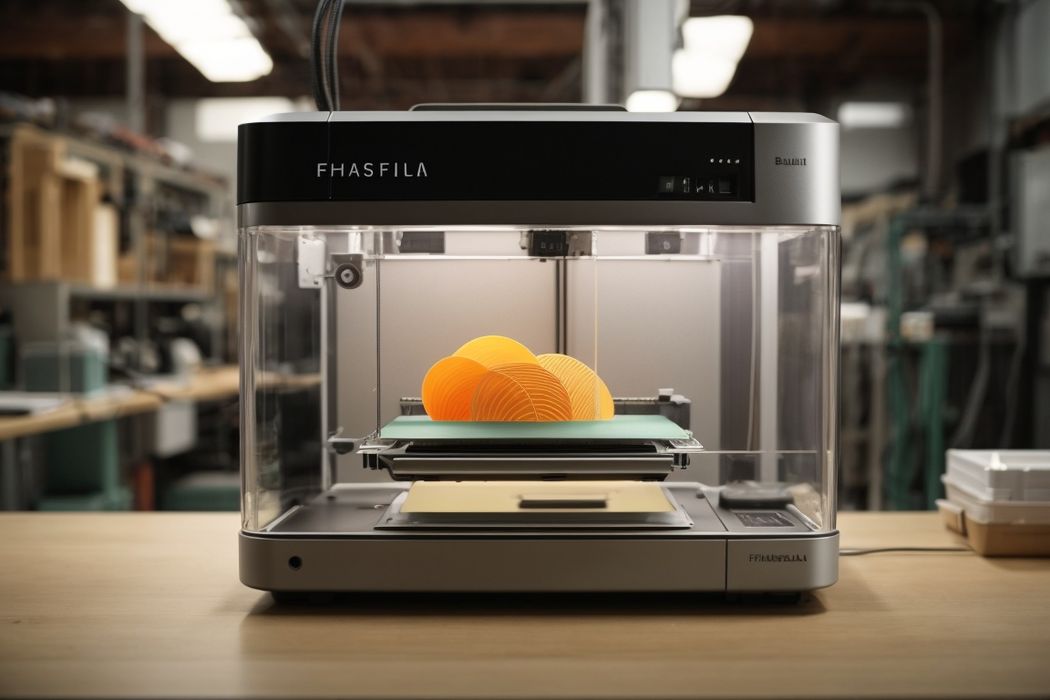
Many have asked, so here’s my thoughts on the new year of 2024 and 3D printing.
I dislike making predictions; one can see trends, but it’s always unclear exactly when they may “hit”, or the side effects that come with them. Nevertheless, I’m going to list some of the concerns I’ve been having about the industry in this post.
Desktop 3D Printing
I expect a huge amount of disruption in the desktop segment. This is all due to Bambu Lab’s introduction of their A1 series, which turns out to be almost as good as their X1/P1 series, except for much less expense. It’s quite difficult to compare these models with the competition because they are so far ahead in many aspects.
The result of this disruption will that companies either catch up, or disappear. Some will determine they are not able to maintain a place in the desktop market and will shift into other markets, like professional and manufacturing. Others may not have the ability to do so and risk failure. We may even see some of the larger players encounter big issues, as they will not have nearly as much revenue to support their huge budgets. Expect cuts.
A silent part of the Bambu Lab disruption is their focus on usability, something most 3D printer manufacturers continue to ignore. Remember that Bambu Lab’s founders came from DJI — a company that transformed drones into a consumer product from a niche techie thing. They are no doubt going to do the same thing in desktop 3D printing.
This means that the market will begin to split. One side will remain focused on the DIY aspects of desktop 3D printing, where the goal is to have fun building the machines. The other, far larger side will be the true consumer market where the goal is to have the machine print reliably and properly without fuss. We may see companies begin moving towards one or the other sides.
I am pretty sure in 2024 we will see the end of slow 3D printers. The increasing number of high speed devices has made the older and slower machines basically obsolete overnight. As a result I can’t see any reputable 3D printer manufacturer selling a slow device by the end of the year.
Professional 3D Printing
There is disruption afoot in this segment as well, and also driven by Bambu Lab. Their X1 and P1 series effectively take away market share from a large number of intermediate 3D printer manufacturers that produce devices in the US$4,000-10,000 range. Why buy those machines when a US$1000 machine can do the same or better?
Expect to see a number of company failures in this segment, as these companies cannot move into the desktop segment, and it’s incredibly difficult to move into the industrial segment.
One way to survive will be to offer increasing breath of material capabilities. I expect to see the professional segment focus on materials and less on other machine specs.
Industrial 3D Printing
As has been discussed much in recent weeks, large-scale 3D printing ventures have mostly failed to achieve their lofty goals. Several notable companies received truly enormous investments under the premise they would advance into the juicy manufacturing pie, said to be US$12 trillion annually.
My thought is that the technologies used by these companies are largely inappropriate for industry, as they are really extended versions of desktop technology. What’s really needed is new technological approaches that provide the scale, cost and efficiency needed by industry.
In the meantime, we have a list of over-funded large 3D print companies with questionable balance sheets. In an effort to survive a bit longer, I expect there to be a series of mergers, sales and perhaps even a few failures.
The smart move by one of these companies would be to acquire a startup company that has a truly industrial-friendly technology that can be leveraged.
Among the many overfunded companies are several that didn’t accept VC money, and have somehow found a way to be profitable. While the industry as a whole has been an investment failure, that’s not true on an individual company basis. These companies will survive, and perhaps they will use their learnings to gradually expand into the manufacturing area.
Finally, there are a series of very intriguing startup companies that have developed technologies that could very well address the needs of industry. These technologies are scalable, efficient and able to use a variety of materials. This year may be the time for them to properly appear on the scene and take the reins from some of the existing major players.
